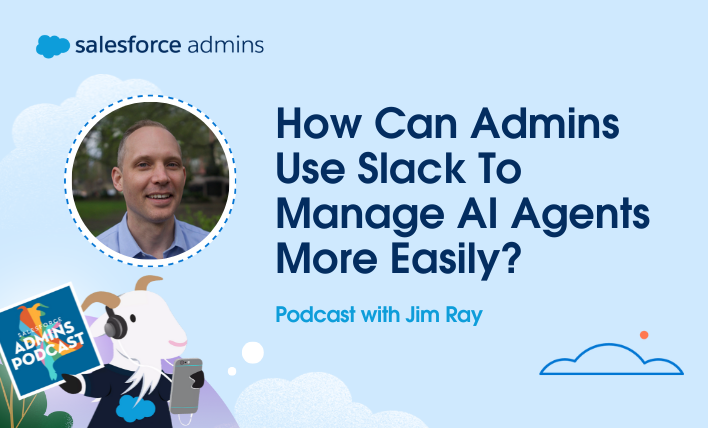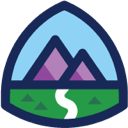Today on the Salesforce Admins Podcast, we talk to Jim Ray, Director of Developer Relations and Advocacy at Slack. Join us as we chat about enhancements to Workflow Builder, the Slack features everyone should be using, and the future of AI and Slack. You should subscribe for the full episode, but here are a few […]






